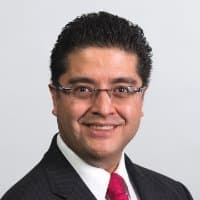Question · Q3 2025
Francisco Suarez asked for a detailed breakdown of the 500 basis points EBITDA margin expansion in Mexico during the quarter, seeking insights into the contributions from Project Cutting Edge, lower petcoke prices, thermal substitution, and pricing strategies.
Answer
CEO Jaime Muguiro explained that the 5 percentage points margin expansion in Mexico was primarily driven by prices (nearly 4 percentage points), SG&A and corporate reductions (0.8 percentage points), variable cost improvements (0.9 percentage points, including energy tailwinds and fuel contribution), and fixed cost reductions (0.3 percentage points). He noted a minus 18% increase in unitary fuel cost.
Ask follow-up questions
Fintool can predict ![]() CX's earnings beat/miss a week before the call
CX's earnings beat/miss a week before the call
